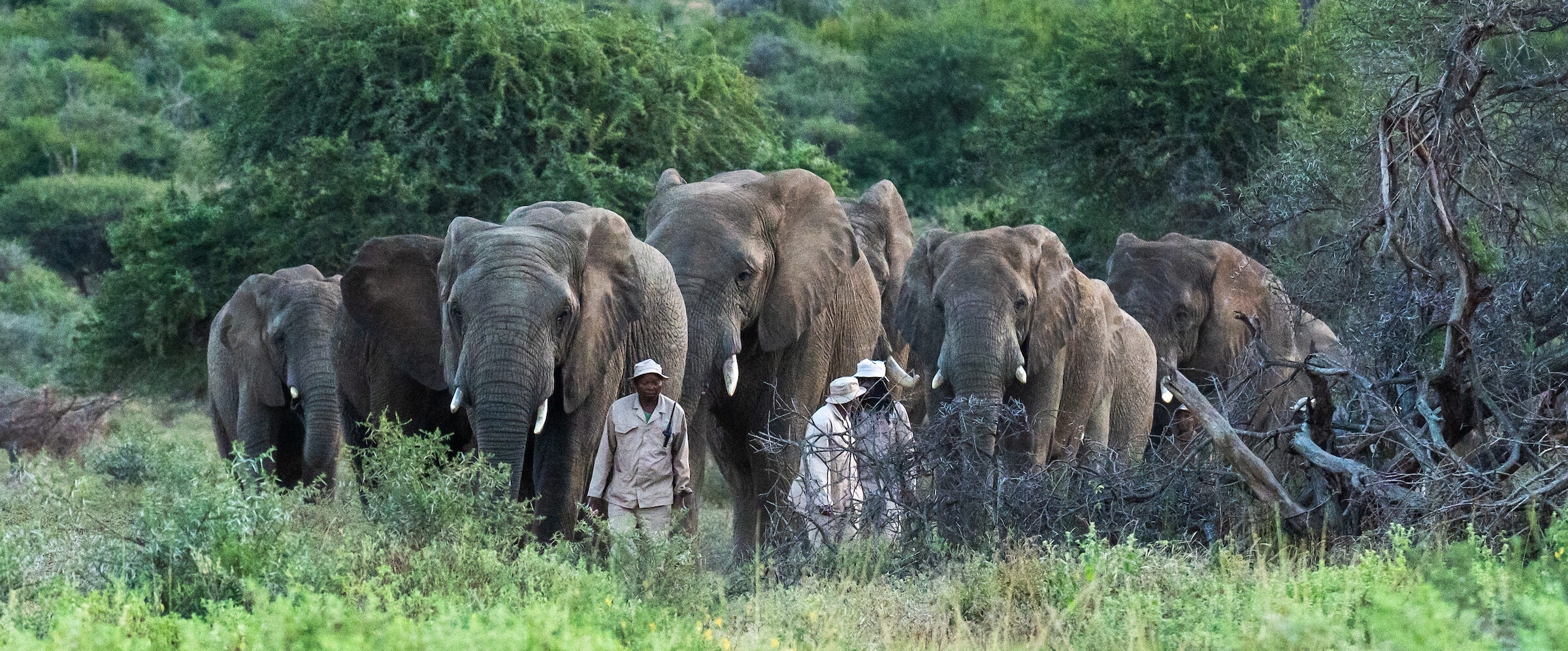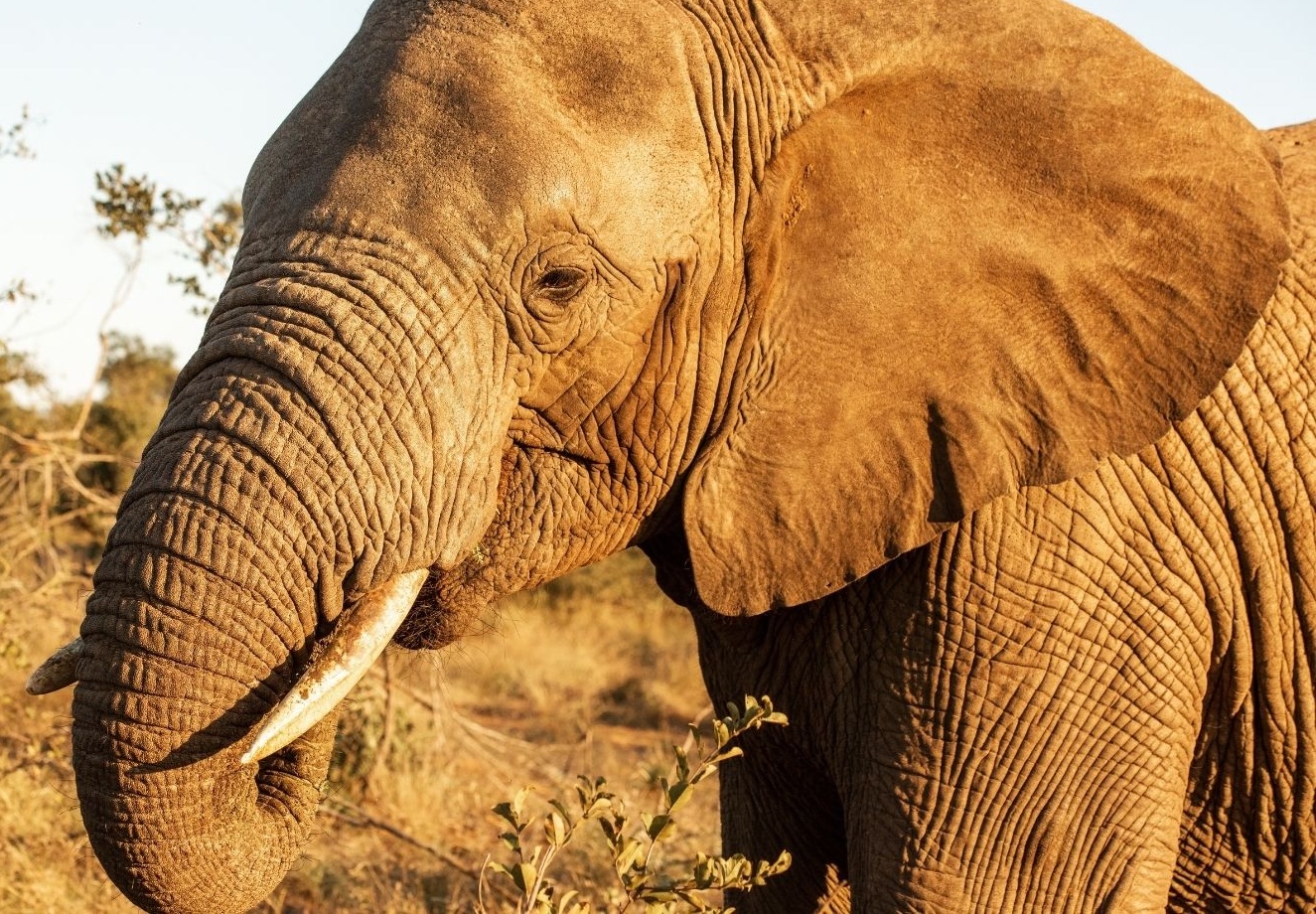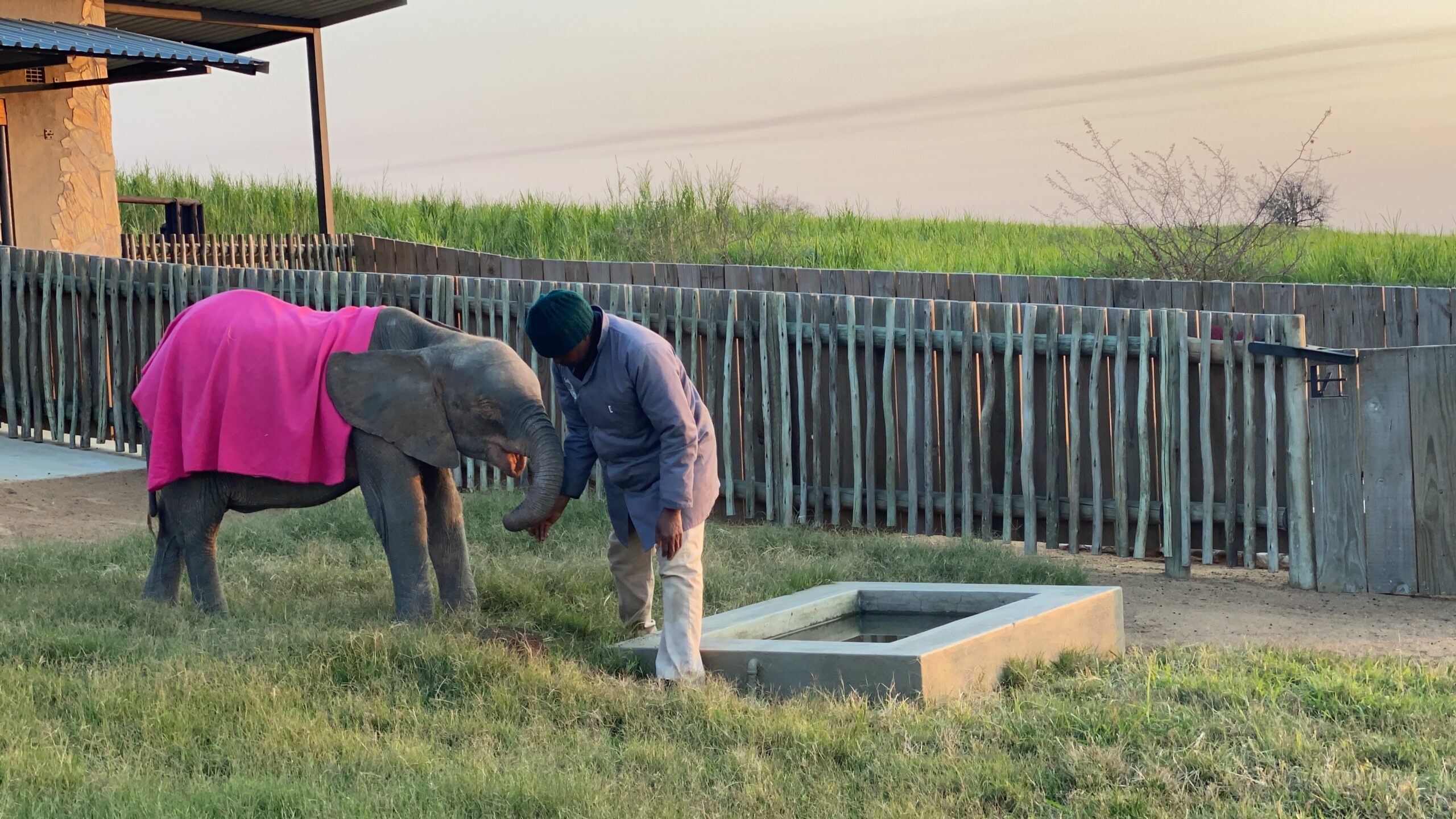Meet The Herd
Elephants & Orphans
The Jabulani elephant herd are a unique and close-knit family that started with Jabulani, an orphaned elephant who was rescued in 1997, and a herd of elephants that were rescued from Zimbabwe in 2002 – whose fates crossed to form the Jabulani Herd as we know it today.
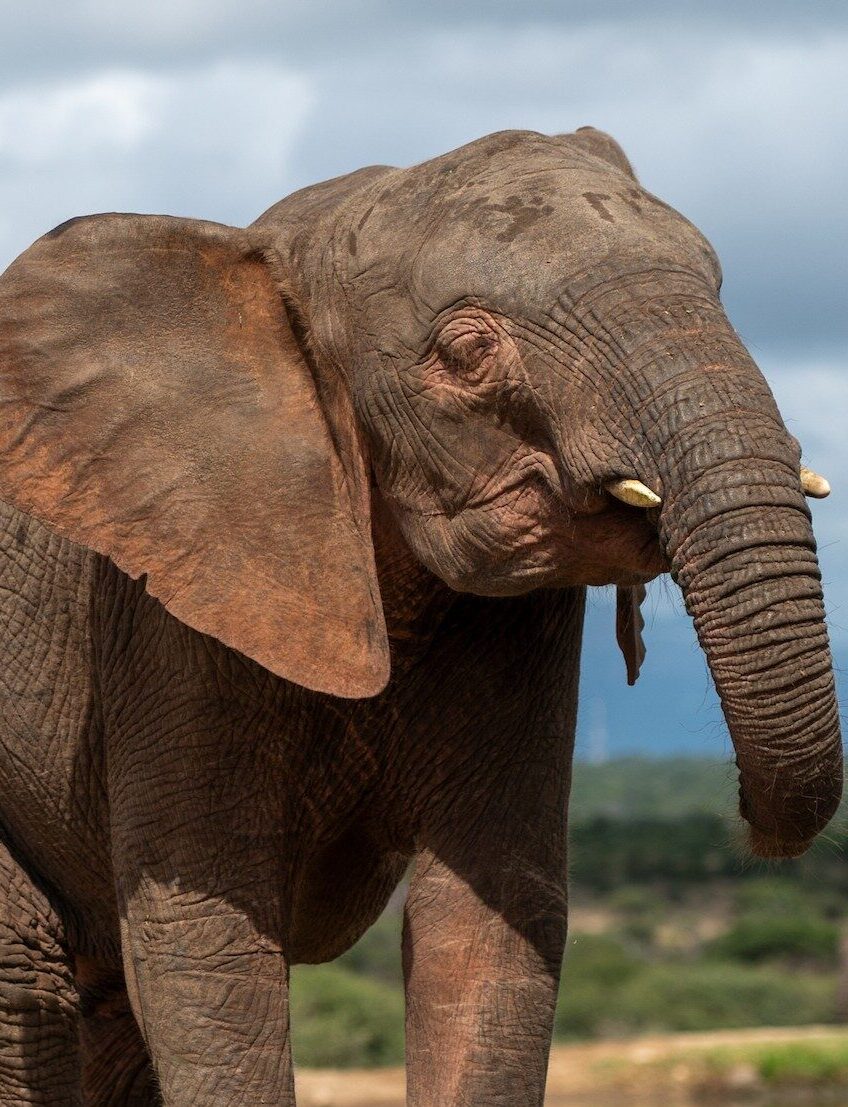
Meet Khanyisa
Khanyisa
Khanyisa is a rare albino elephant calf that was found trapped in a snare with severe injuries, in...

Meet Timisa
Timisa
Timisa, meaning “Courageous”, is an orphaned elephant that was rescued in November 2016 by Elephants Alive and accepted...
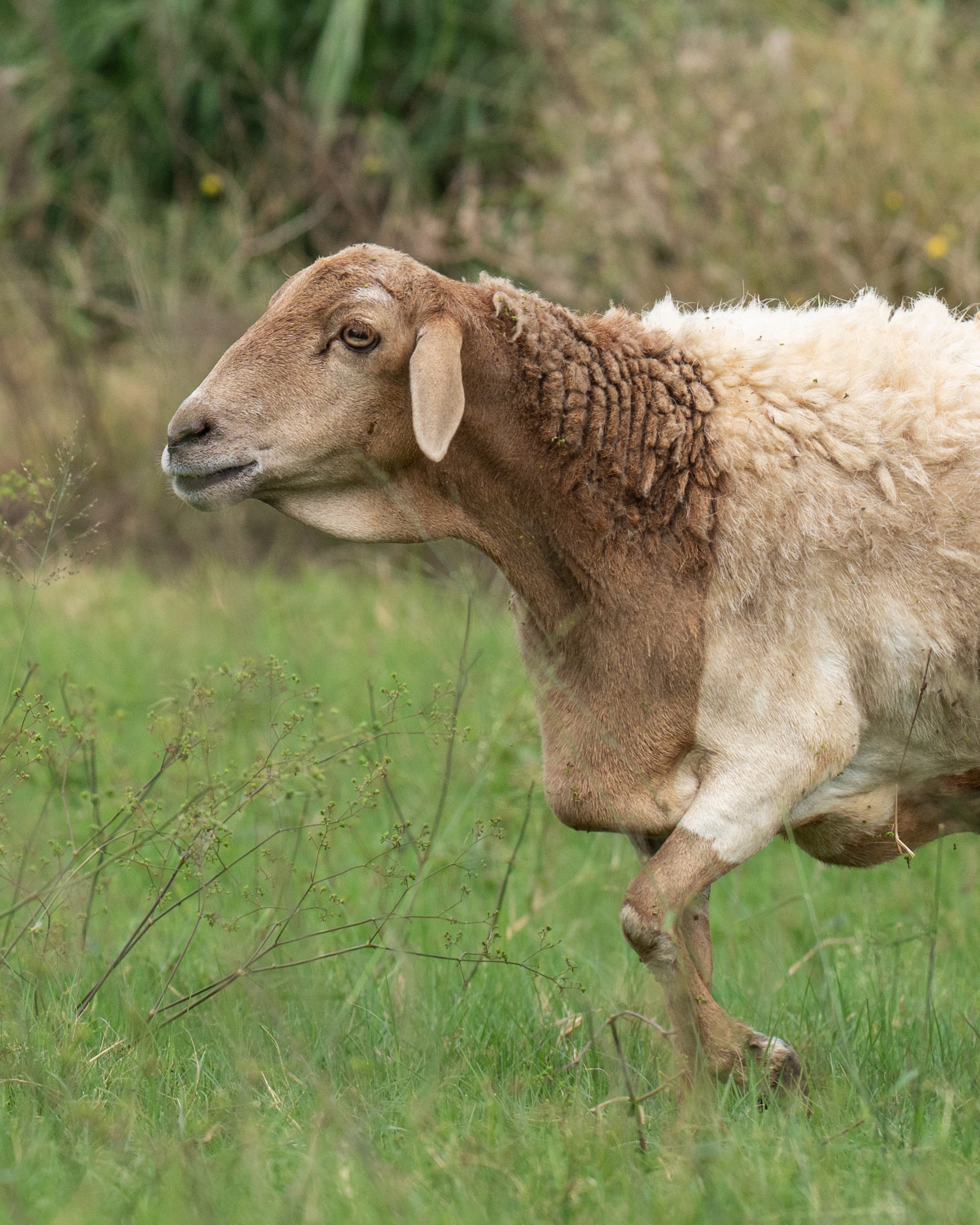
Meet Lammie
Lammie
A sense of belonging and companionship is known to greatly enhance the wellbeing of any living creature. Lammie,...

Meet Mambo
Mambo
Mambo is an energetic and mischievous young elephant bull. Mambo, meaning ‘King’ or ‘Chief’ in the Shona...
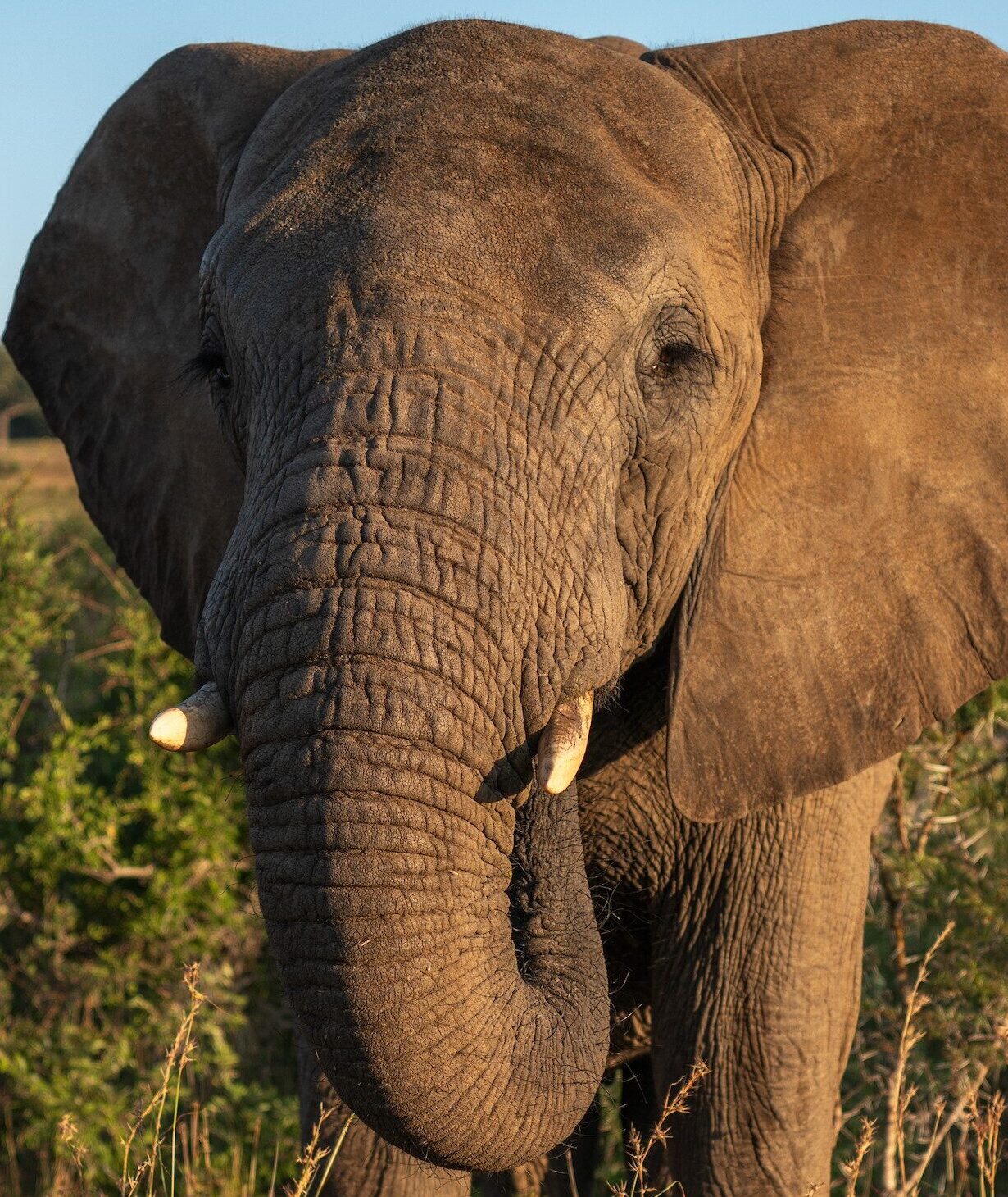
Meet Pisa
Pisa
Born on 13 November 2009, Pisa is Limpopo’s little sister, and the second daughter to Tokwe, the Matriarch...
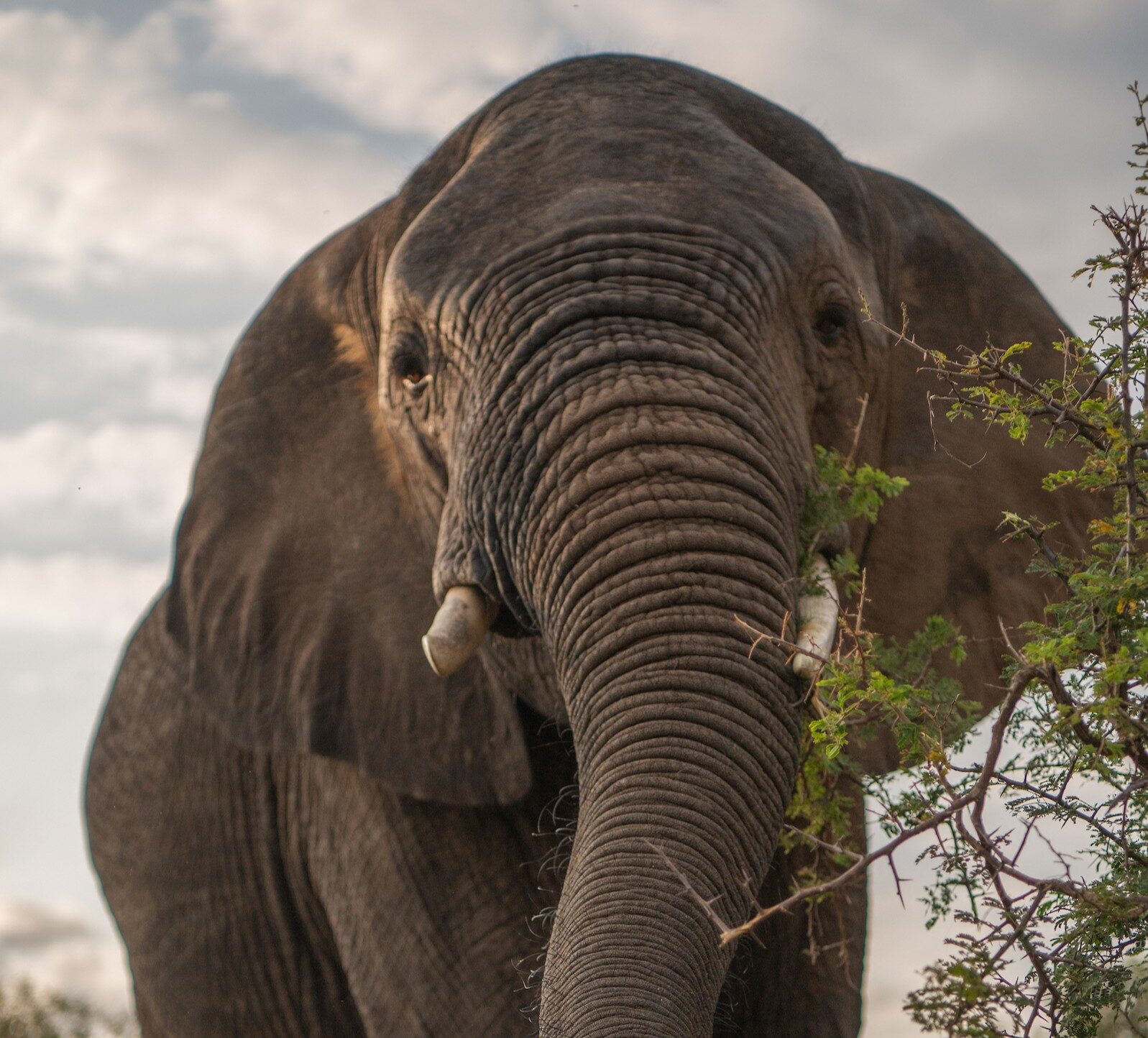
Meet Kumbura
Kumbura
Orphaned elephant Kumbura was lovingly accepted into the Jabulani herd in 2009. Meaning “To remember”, Kumbura was seen...
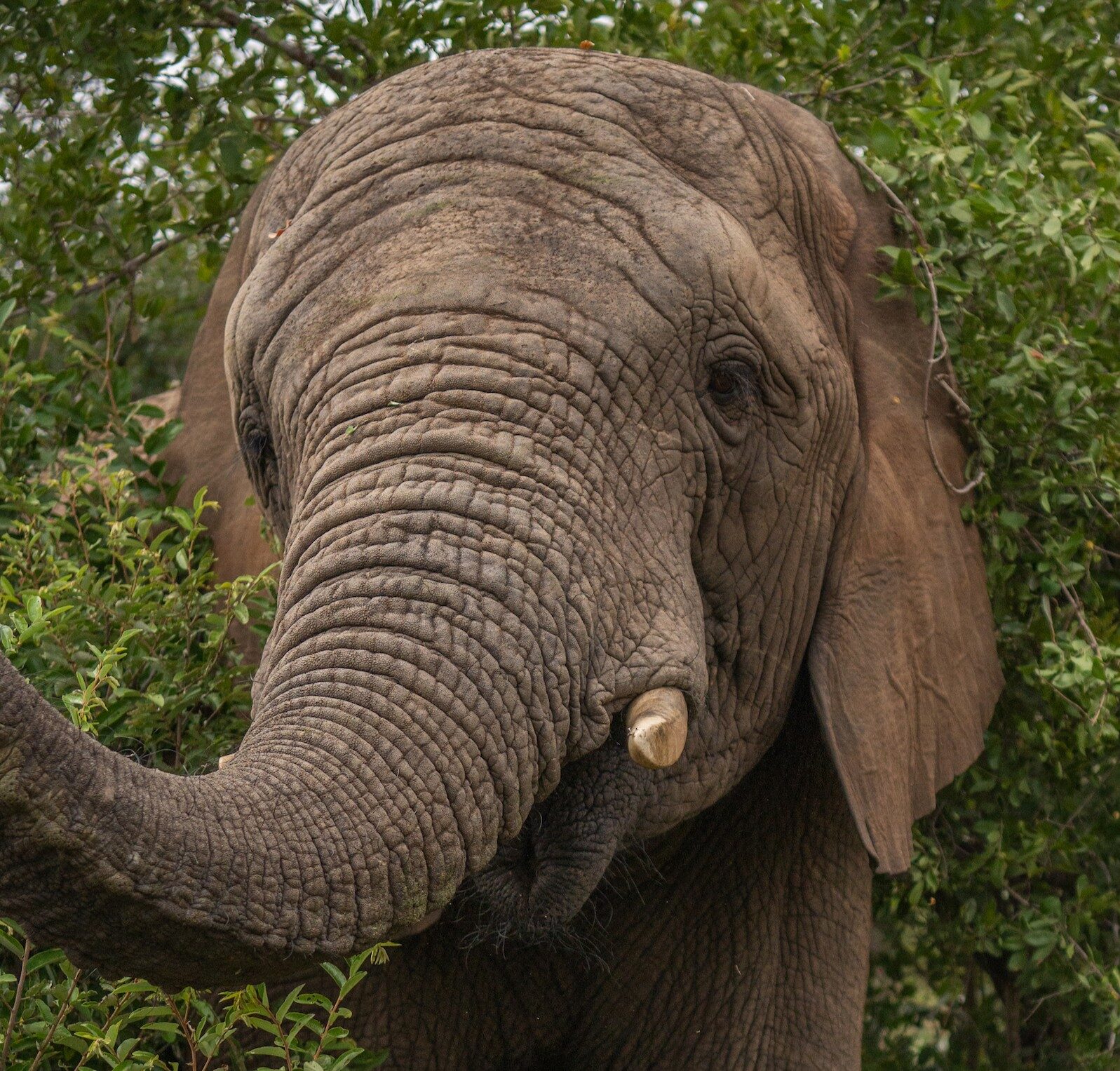
Meet Klaserie
Klaserie
Named after a river in South Africa that flows past Kapama, Klaserie was born on 23 February 2007,...
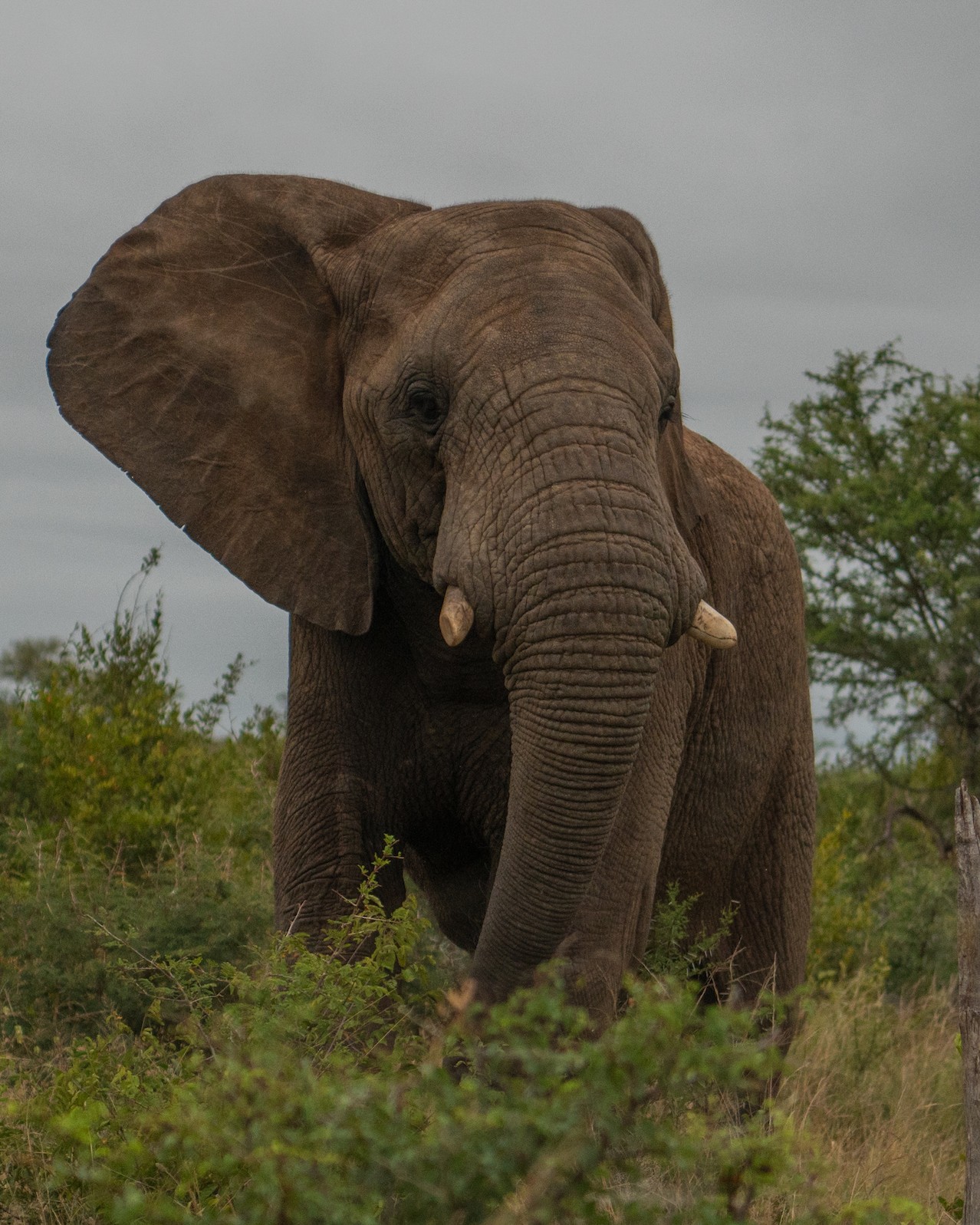
Meet Zindoga
Zindoga
Zindoga is an assertive and well-respected young member of the herd. Born in October 2007, Zindoga was an...
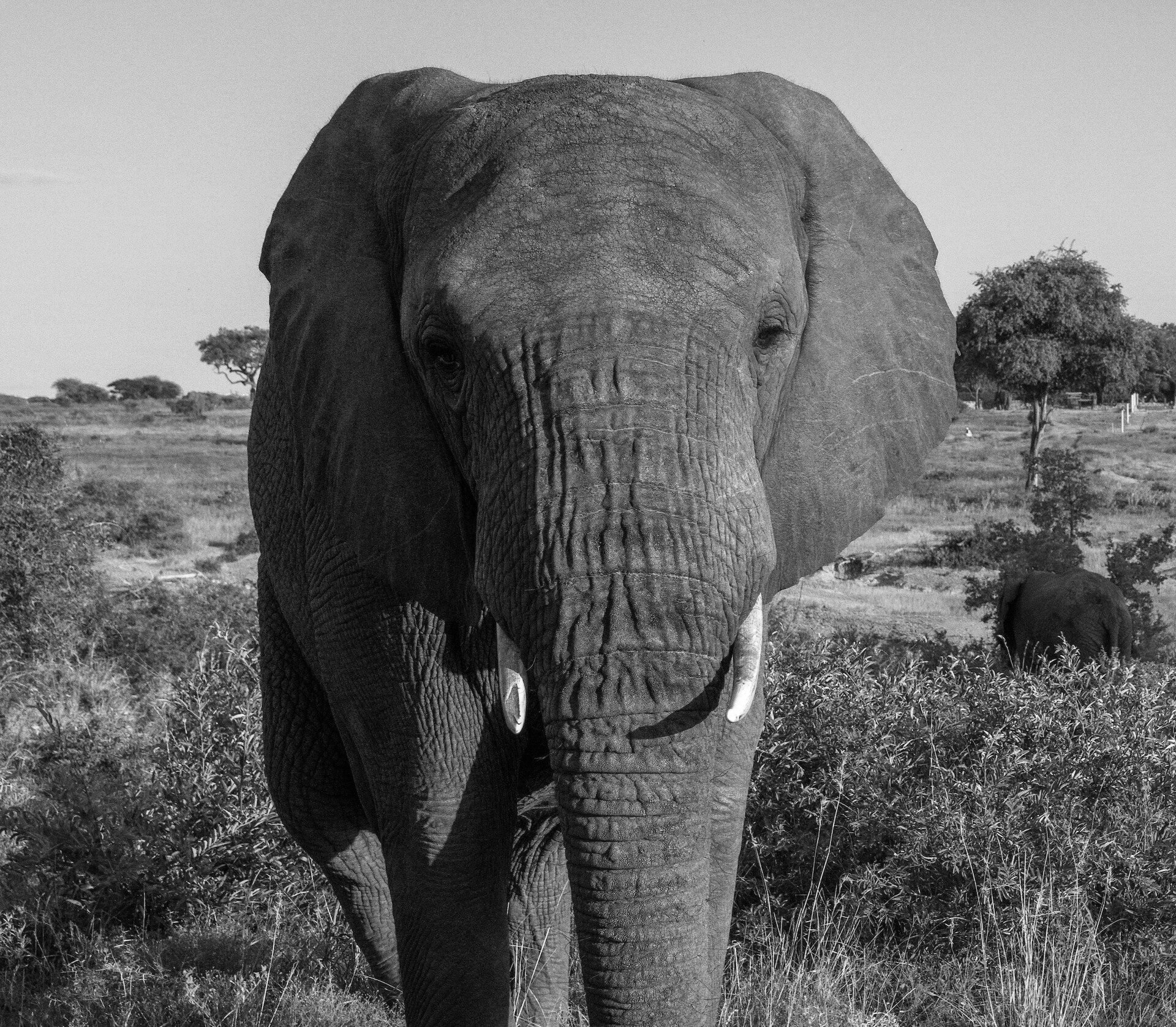
Meet Limpopo
Limpopo
As the daughter of the herd’s Matriarch, Tokwe, Limpopo is protective and intelligent. Named after a river in...
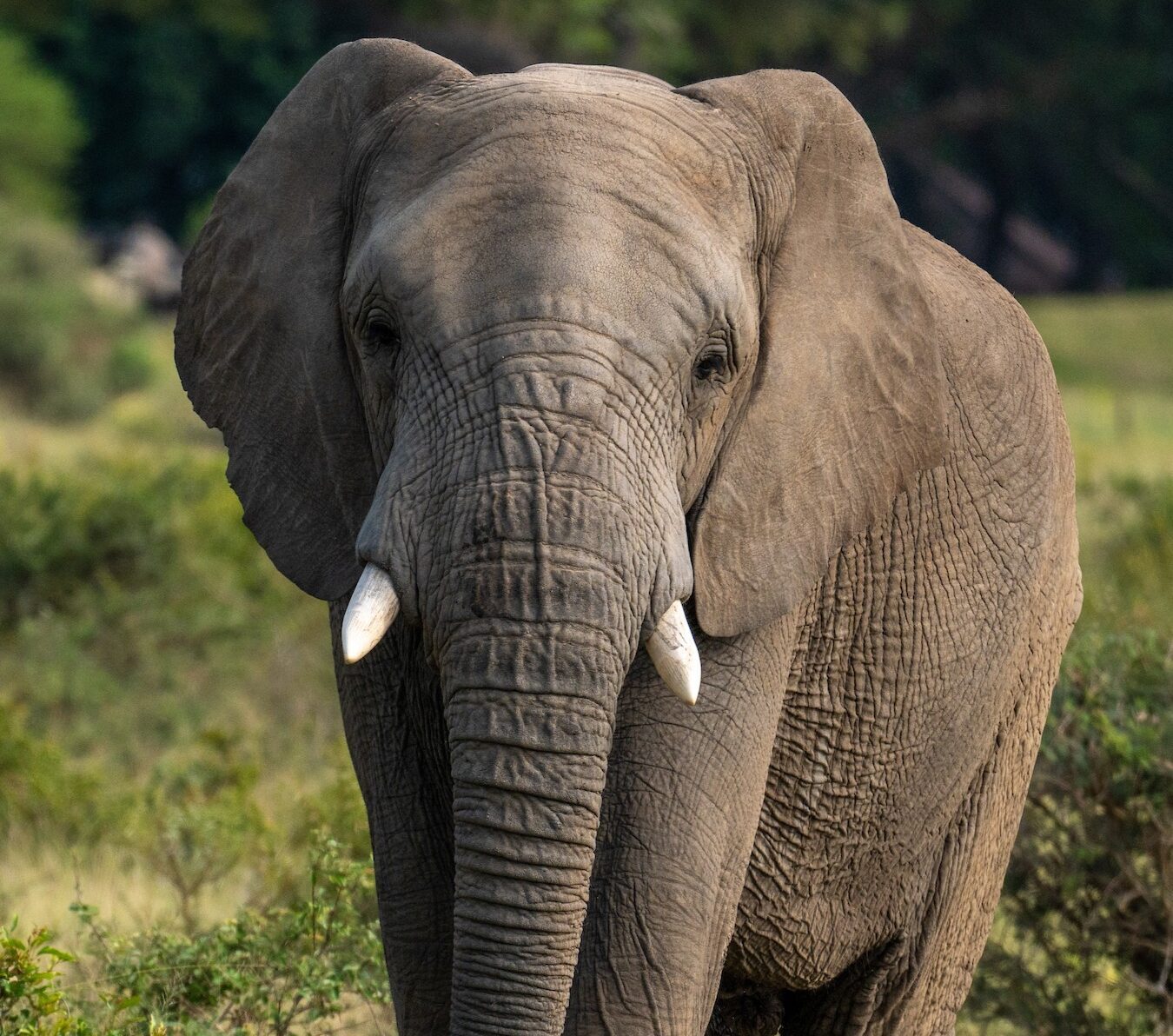
Meet Jabulani
Jabulani
Born in 1997, Jabulani was rescued as a four-month-old little elephant, who was found stuck in the mud...
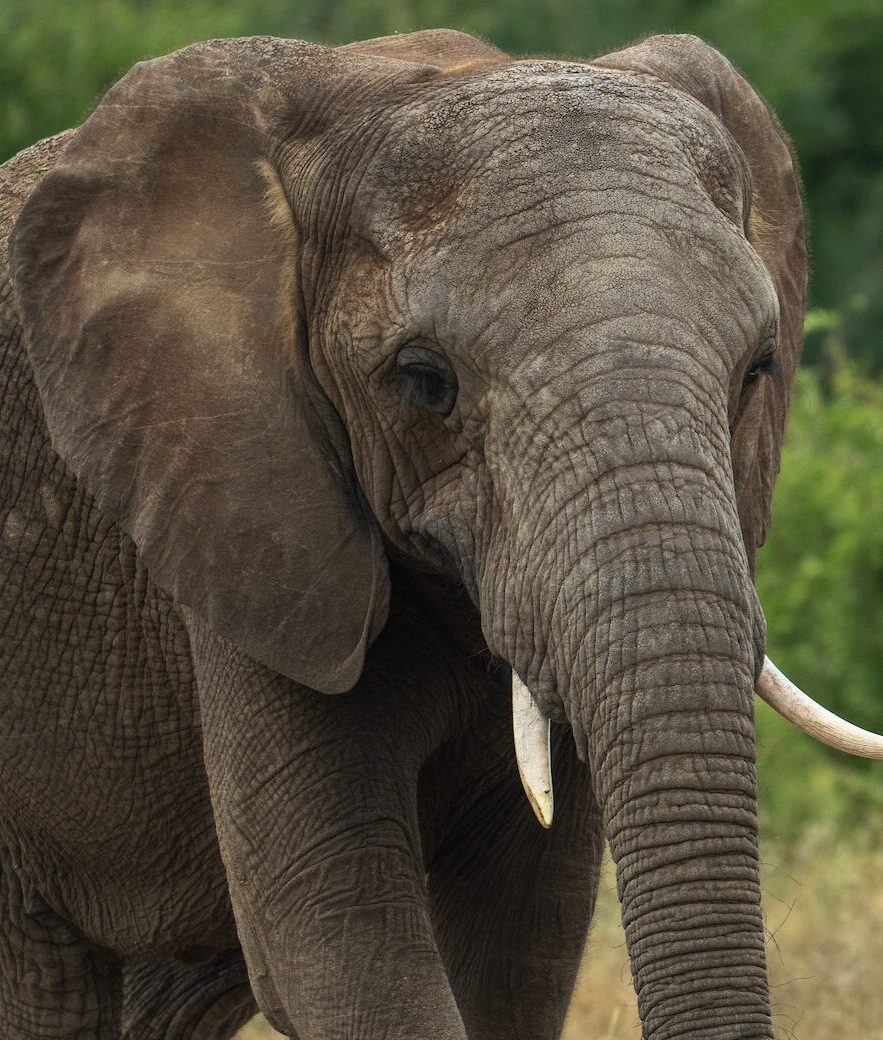
Meet Bubi
Bubi
Born in approximately 1993, Bubi had a tough start to life in Zimbabwe. She lost her mother to...
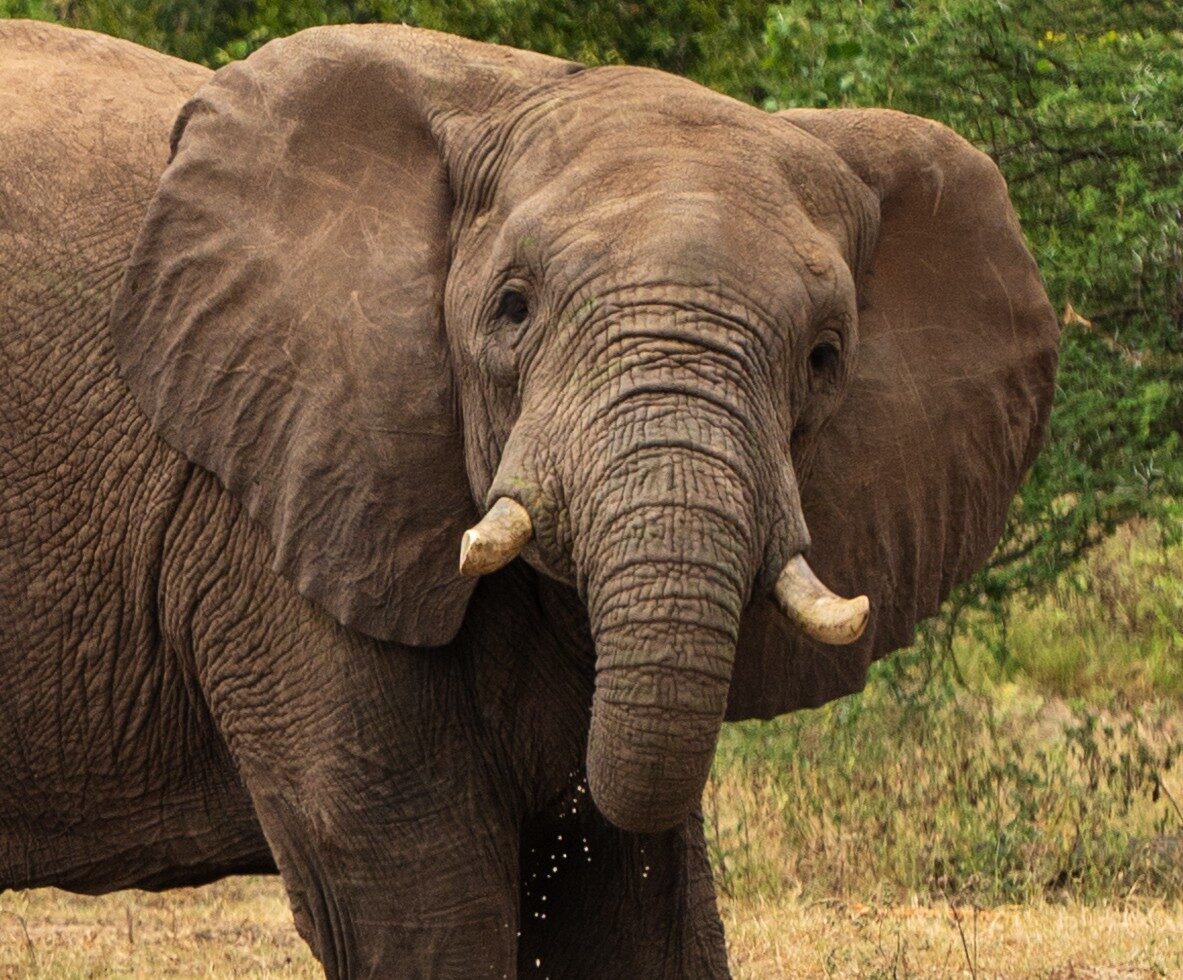
Meet Fishan
Fishan
Fishan, meaning ‘Something smaller’, was born in approximately 1989 and was rescued from Zimbabwe with the rest of...

Meet Lundi
Lundi
Precious Lundi, with her kind motherly touch and calm nature, was born in approximately 1989. She is one...
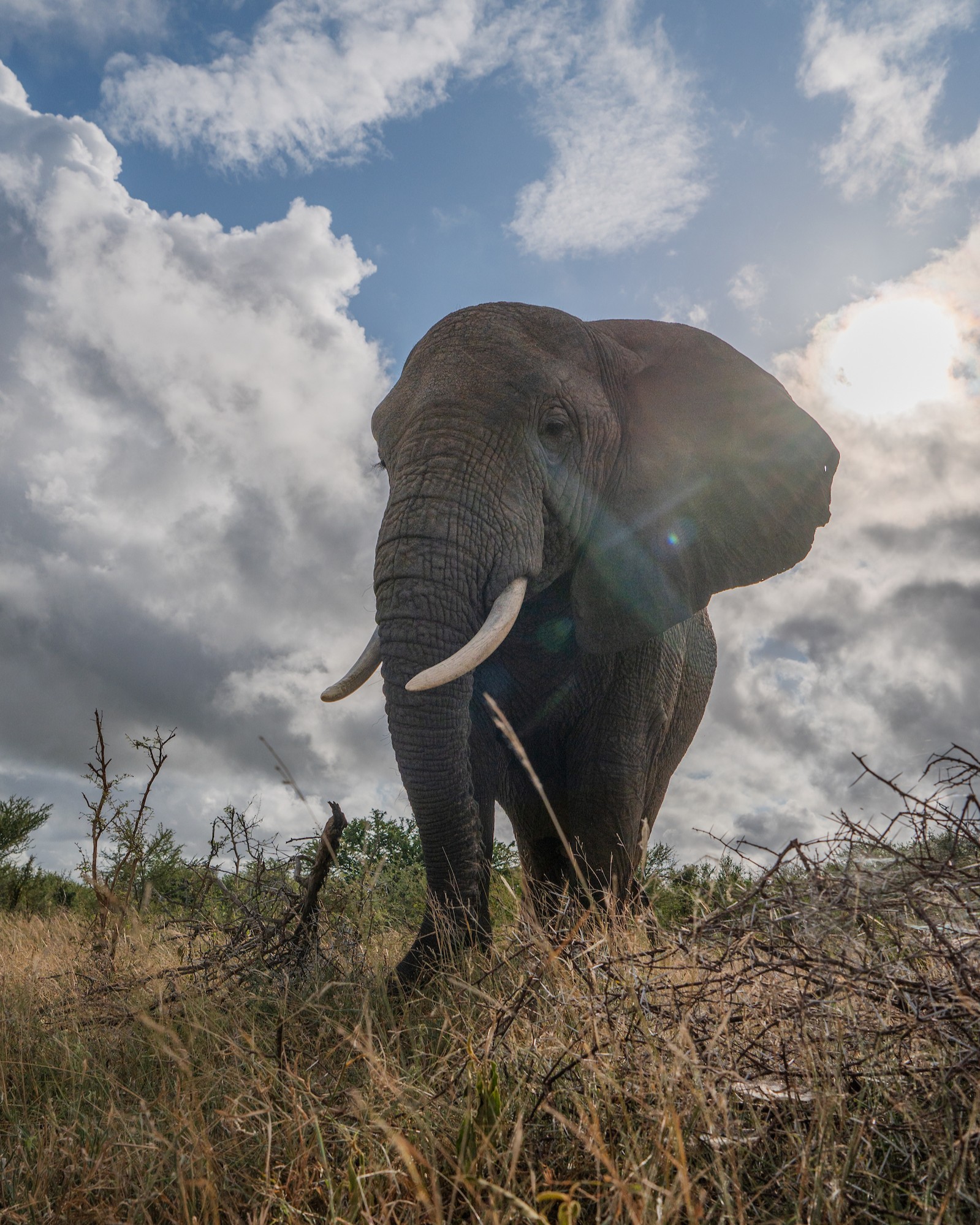
Meet Tokwe
Tokwe
Tokwe is the matriarch of the Jabulani herd. Born in around 1988, matriarch of the herd, Tokwe is...
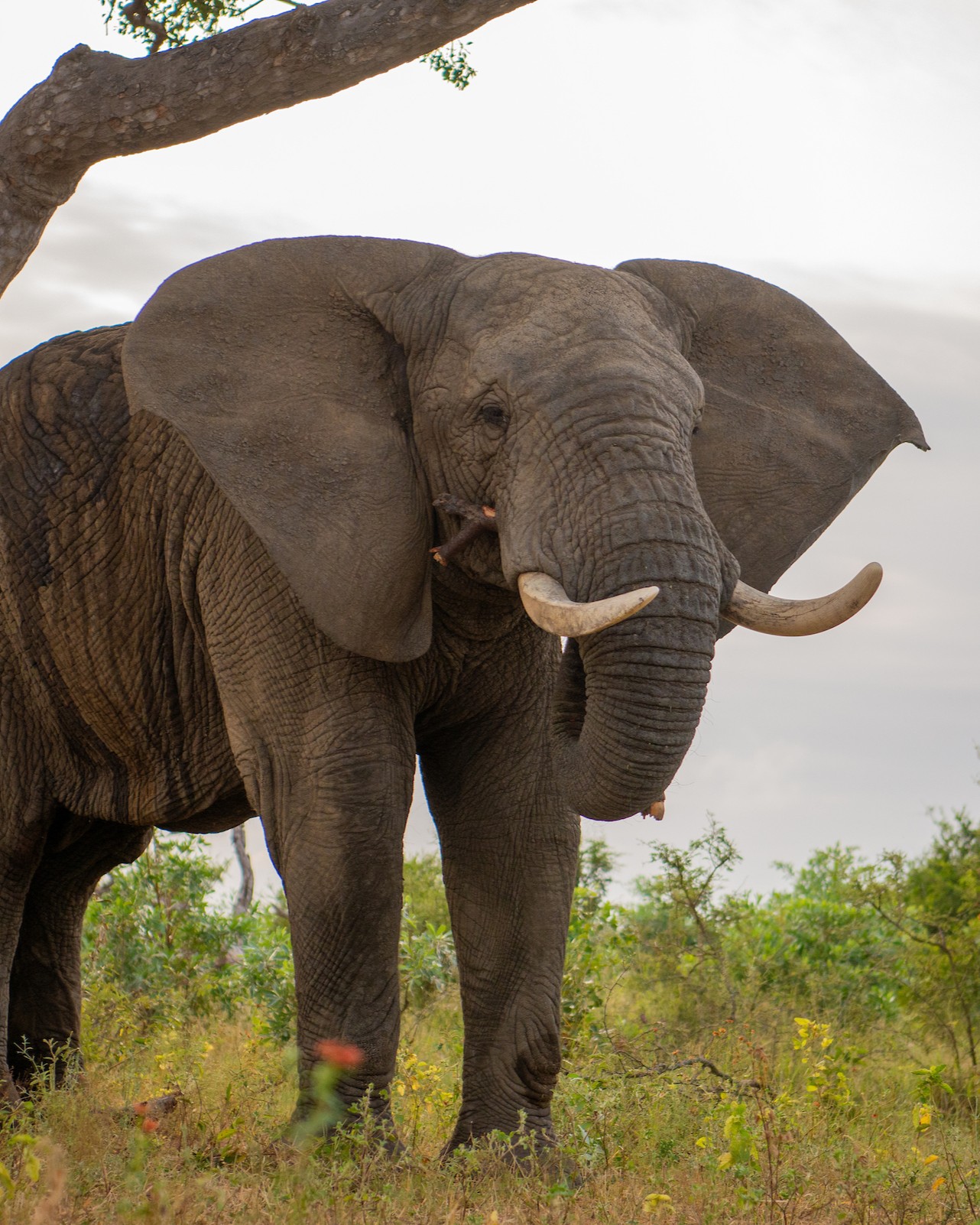
Meet Somopane
Somopane
Named after areas where Mopane trees grow, Somopane was born in around 1987 and is part of the...
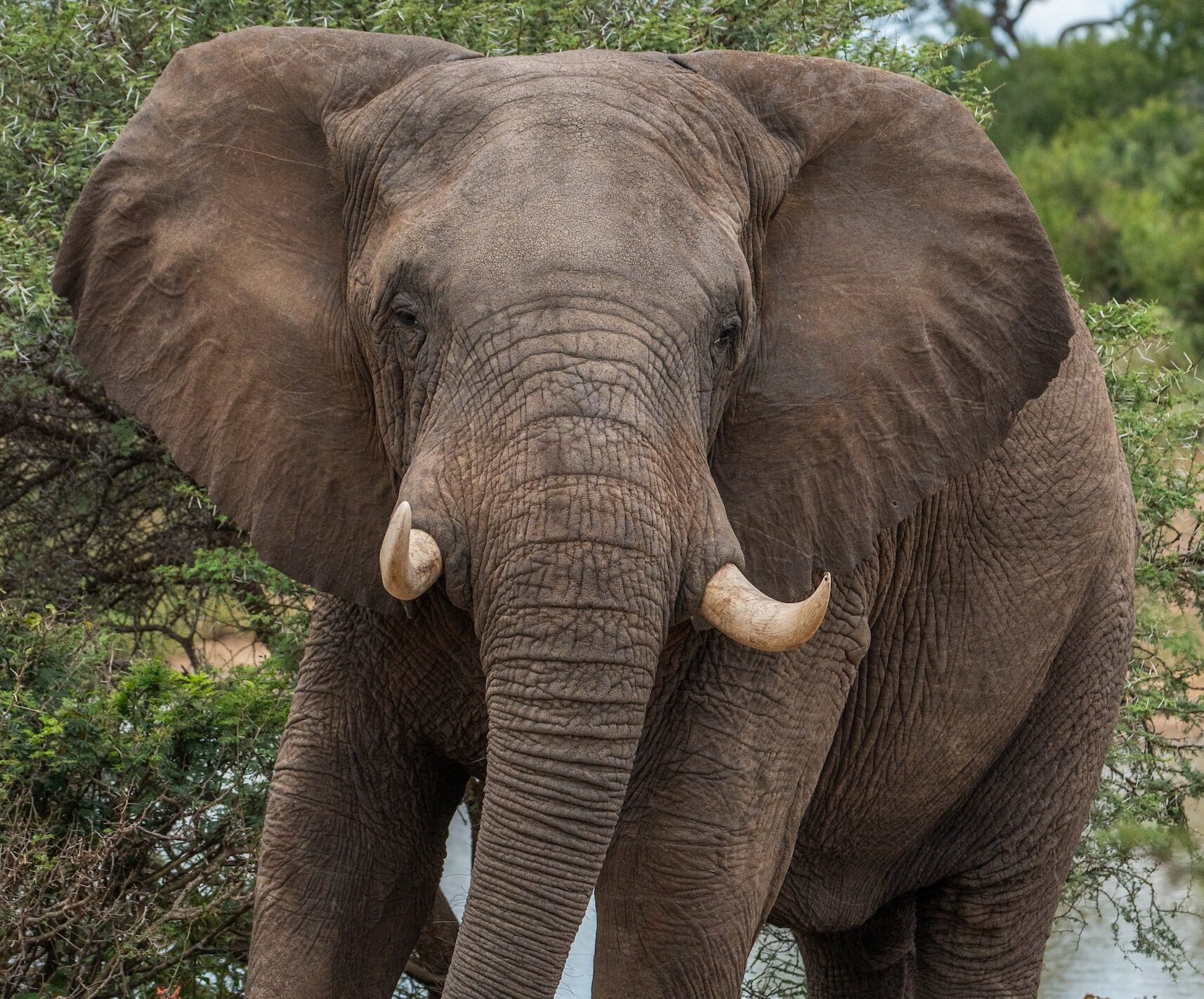
Meet Sebakwe
Sebakwe
The dominant bull in the Jabulani herd, Sebakwe, is a true gentle giant in every sense.
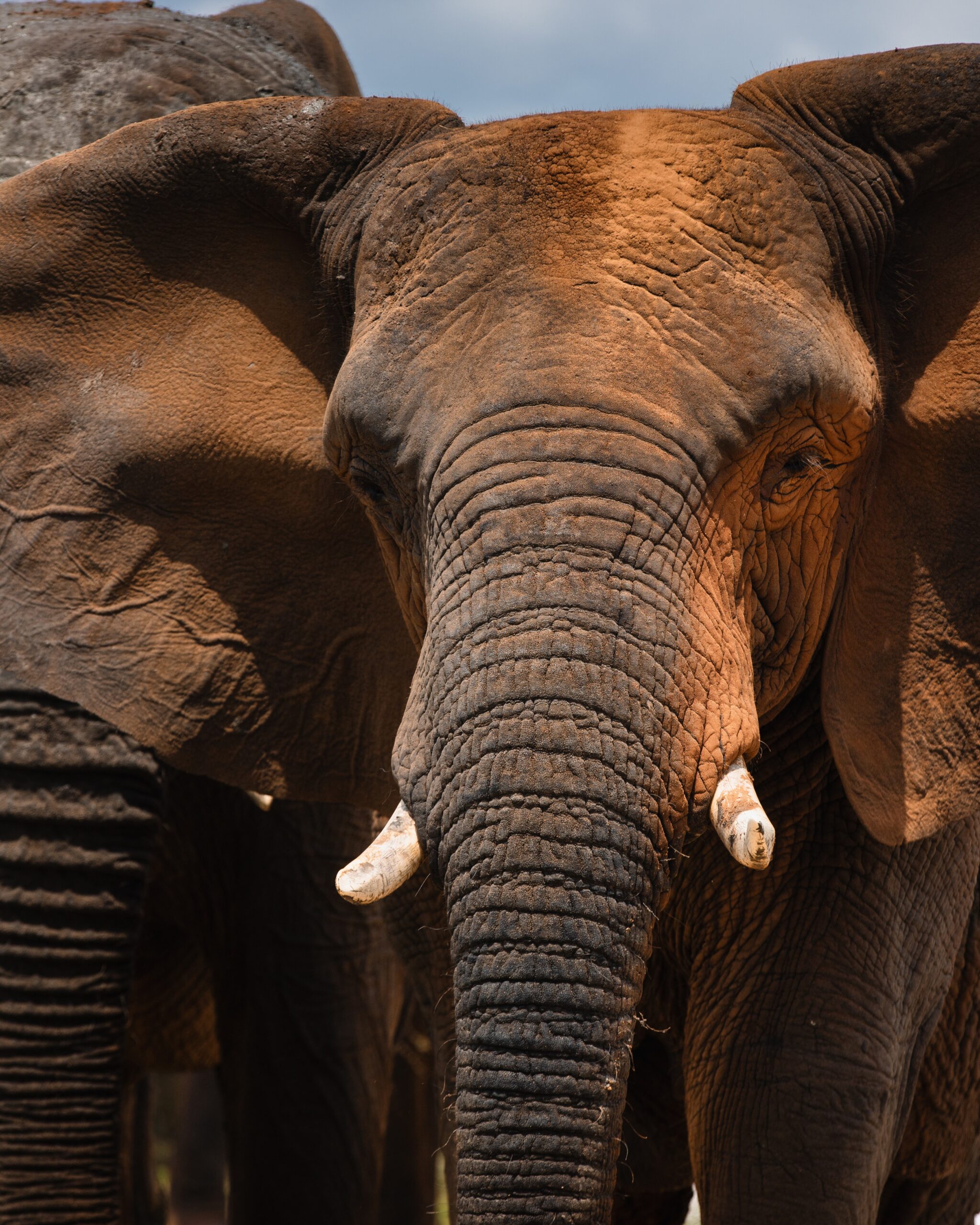
Meet Setombe
Setombe
One of the oldest of the elephants, Setombe, has a quiet and sensitive nature. Born in approximately 1985,...
Meet the HERD
a day in the life of a herd elephant

